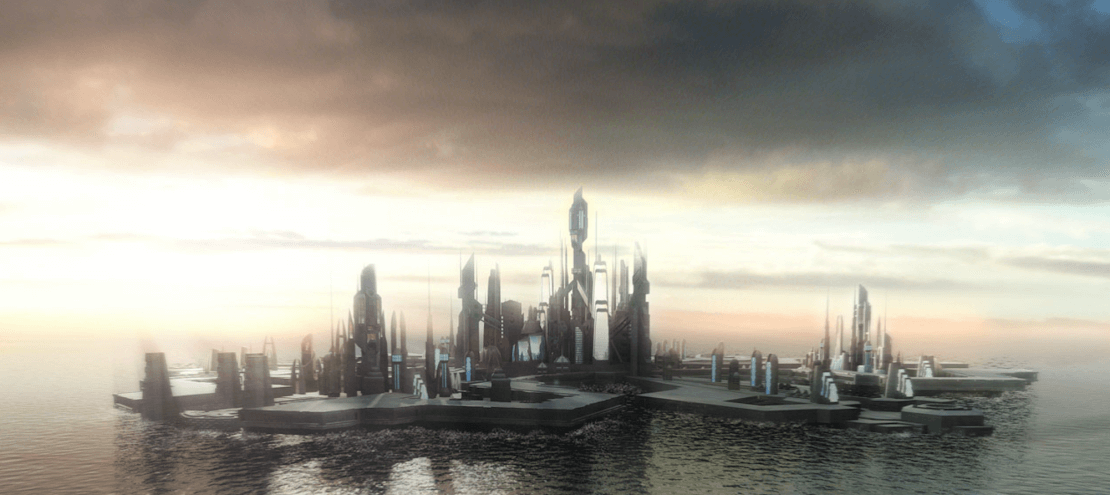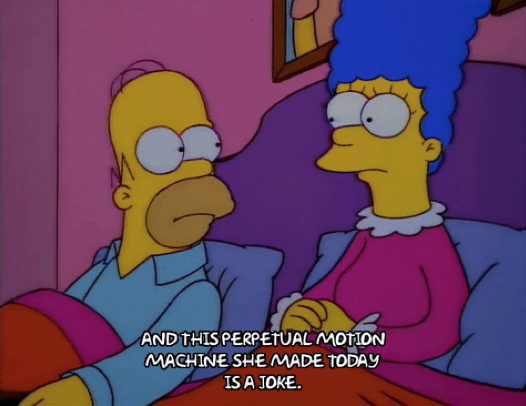

On this blog, we obey the laws of thermodynamics!
I love energy. It amazes me to think about what we do with its harnessed forms.
Long before I entered the renewable energy industry, where infinite energy is actually within our grasp, I understood the allure of a perfect energy source. The reason? Books, video games and TV.
Storytellers have long imagined a world where there exists some infinite means of propulsion, heat and electricity – and where humans aren’t forced to use a limited supply of sticky and smelly fossil fuels.

Stargate Atlantis’ Zero Point Module. Powers entire cities. Also available in a carry-on size.
In science fiction — from the handheld Zero Point Module that powers a whole city in Stargate Atlantis to the Lantern Energy of DC Comic’s Green Lantern (an energy source powered by sheer will!) — the first law of thermodynamics is often eschewed for more captivating storytelling.
Then there are the dilithium crystals of Star Trek, which allowed the crew of the Starship Enterprise to travel faster-than-light. Element zero or “eezo” in the critically acclaimed video game series Mass Effect lets a player-controlled good (or bad) Commander Shepard discover a vast universe.

The semi perpetual GN-001 Gundam Exia in all of its glory. How does it work? We don’t know. Stop asking questions.
It is interesting how little verbiage writers expend describing the [pseudo]-science behind these inventions — leaving all the particularities to the imaginations of readers. In the anime series Gundam 00, the GN-Drive, the energy source that powers the eponymous giant robot, is so secret that even the engineers aren’t sure how to build more!
Inspired by the energy crises of the late 20th century, our culture has produced plenty of material about energy sources that aren’t subject to volatile prices or embargoes, with no environmental impact (CO2 emissions), and no potential for disastrous explosions and spills (a la Chernobyl or Deepwater Horizon). As 21st century humans seek out ways to fuel our top secret missions and intergalactic quests, we will find our own way to harness infinite – or “renewable” – energy.
Science fiction writers aren’t shaping the business models or honing the technology that drives the clean energy transition. But I still look to them now and again for inspiration. They help me imagine what we might be capable of someday with renewable energy at our backs.